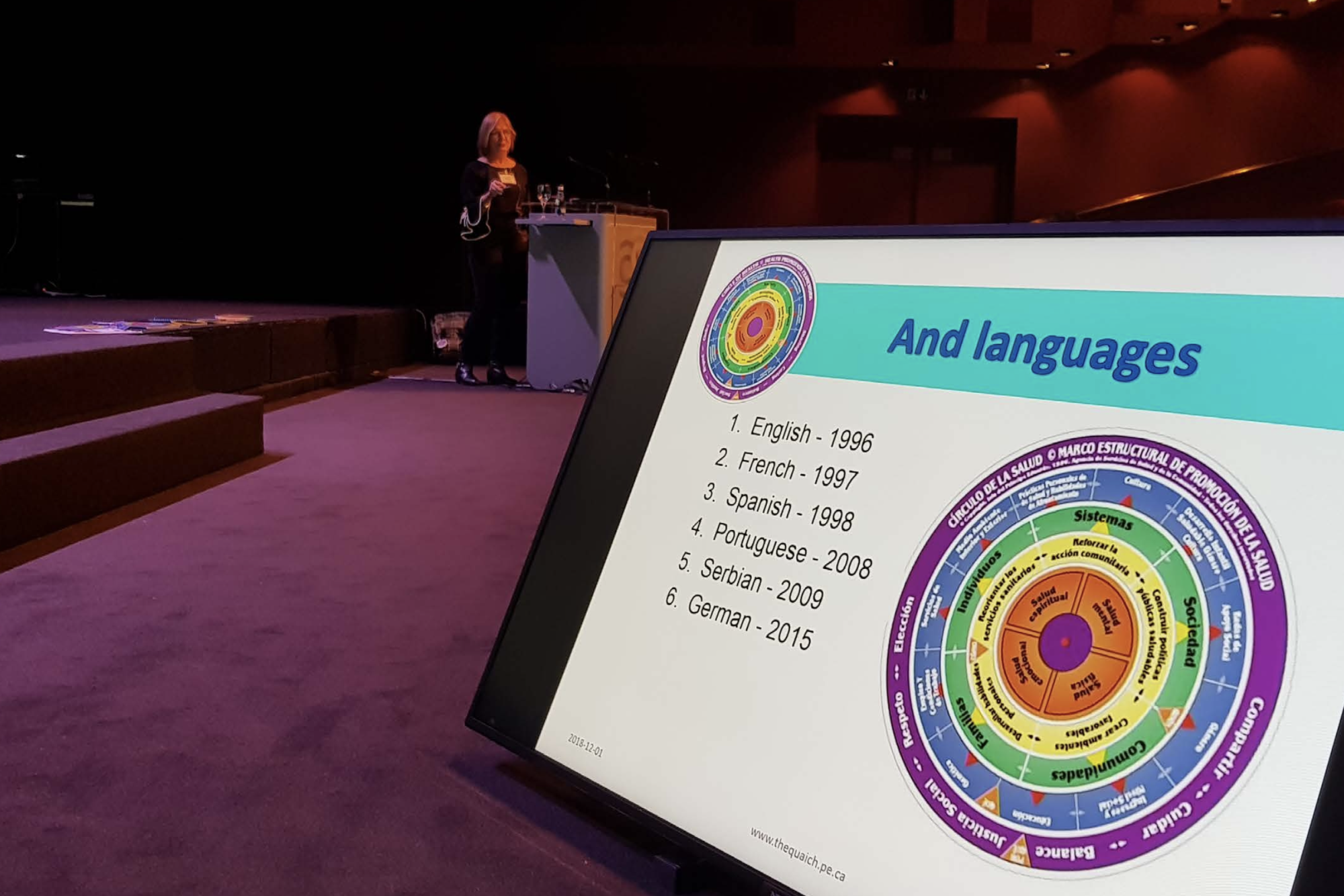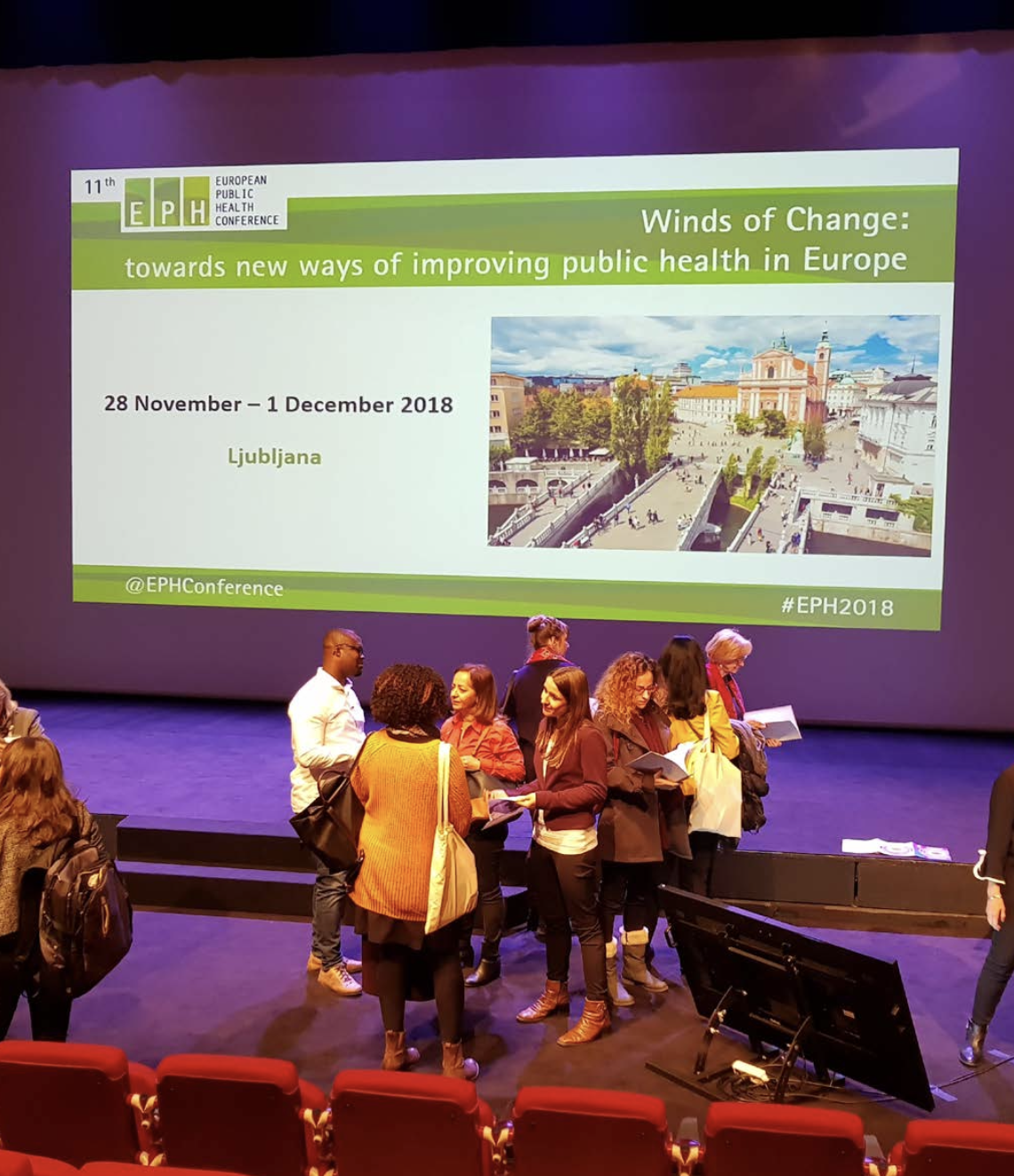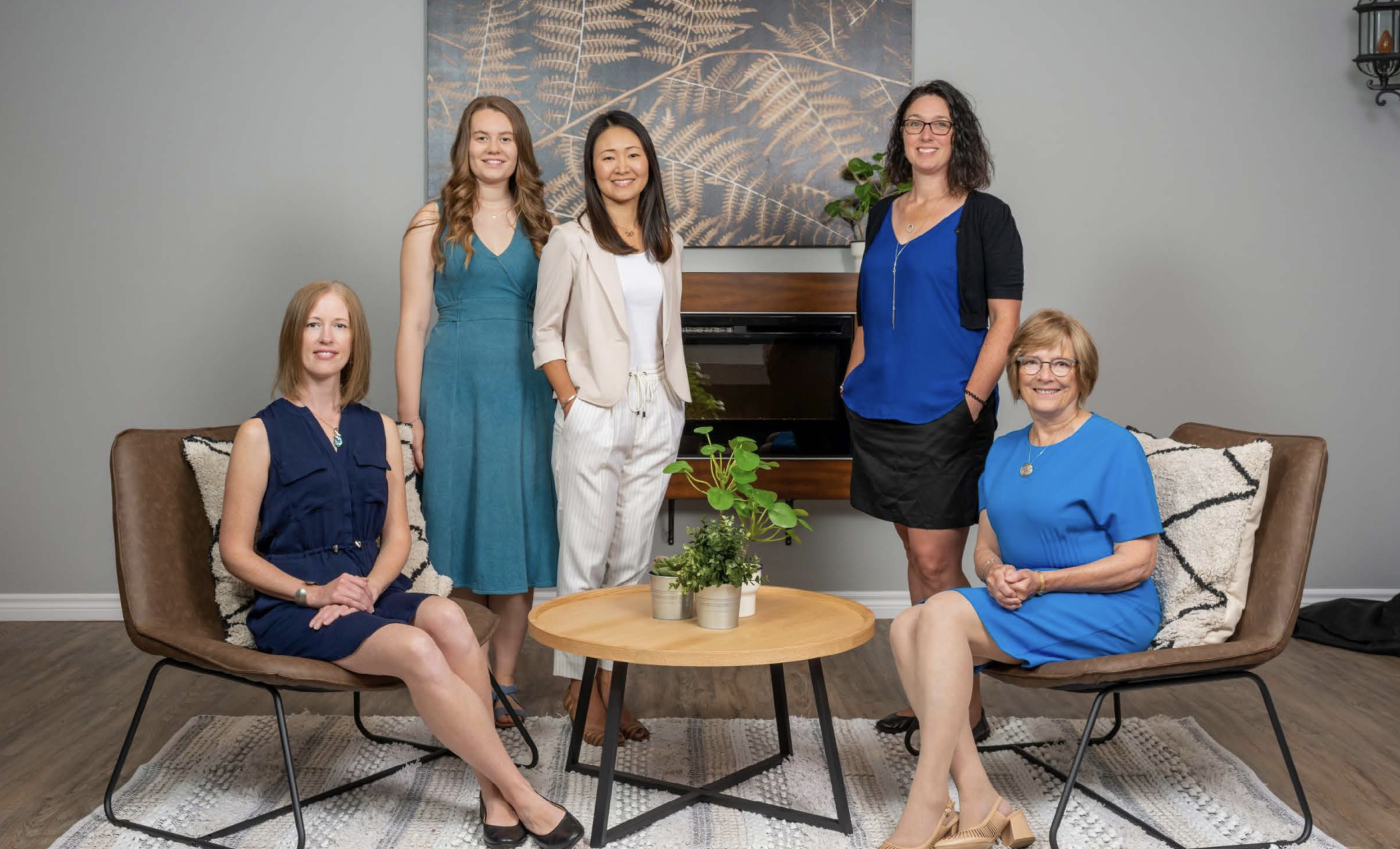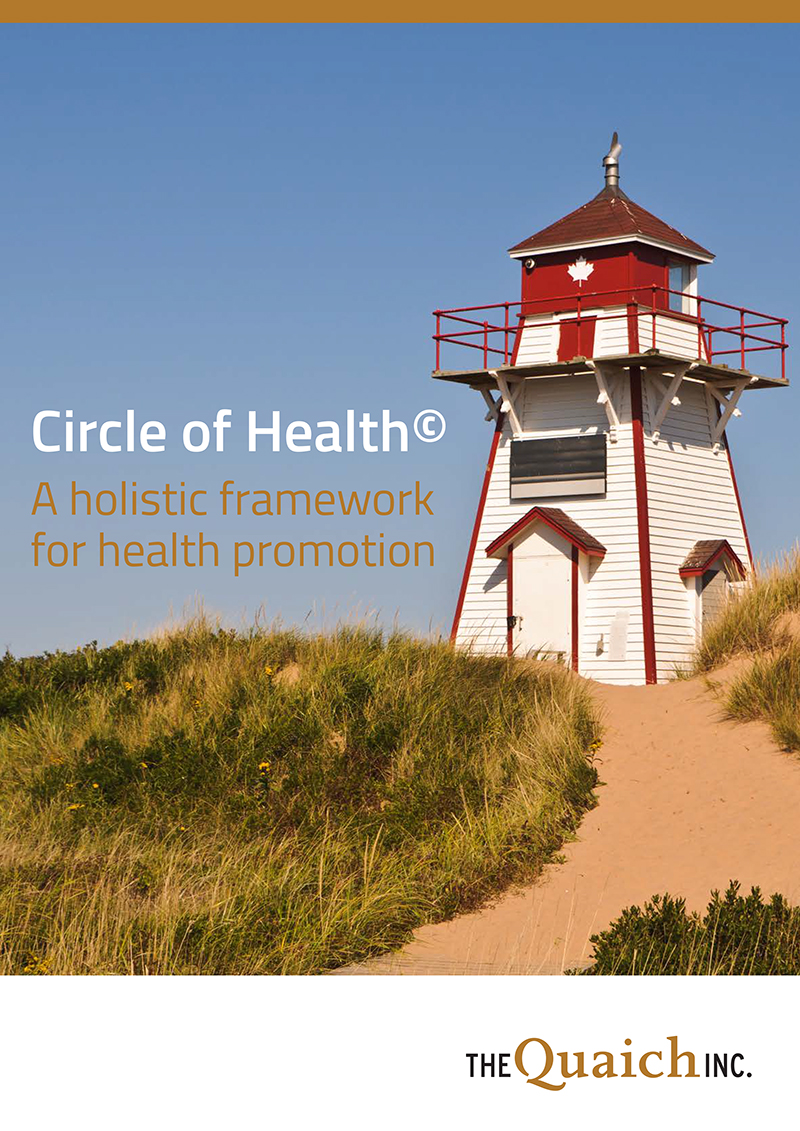Patricia Beattie-Huggan, President and Principal Consultant of The Quaich Inc., talks to Open Access Government’s Harriet Belderbos about the Circle of Health©, an interactive framework that bridges gaps in health promotion, by thinking about health in a more holistic way, and draws together both the external and internal factors that drive our health
Q. Where did the concept of creating a company that would focus on consulting and innovation come from?
In the ‘80s I became involved with the Association of Nurses of Prince Edward Island (PEI) to advocate for a baccalaureate degree in nursing on the Island. Once that was approved by the government, we questioned what system these new graduate nurses would need. We studied primary health care in the Alma Ata Declaration and in some of the principled documents that needed to be implemented if we were going to have university-educated nurses entering a system that would use their skills.
In 1992-93, I pursued a Masters in Nursing and Health Studies at the University of Edinburgh. I studied health systems in various countries so that I could bring what I learned back to PEI, where I live. My biggest wake-up call while I was there was learning that no one had all of the answers to what I sought to find out. Everyone was exploring options for health systems and the best ways to meet the needs of the public. I thought, well, who’s to say we can’t come up with something here on PEI that’s innovative and meets our needs and is perhaps world-class?
When I came back to PEI with that enthusiasm and into a new job in a health system going through health reform, I started to realise that I had an entrepreneurial spirit. I was trying to find resources to make things happen and found creative means to do so. I led a government-community partnership that developed the Circle of Health, an innovative health promotion framework which attracted a lot of international interest. So I thought, why not develop a bank of facilitators that could reach out and offer a consulting service globally using this tool?
I unfortunately then developed breast cancer, and at the same time with a newly elected government, my job disappeared and I needed to reinvent myself. I took the approach of “one door closing and another door opening” and decided I needed to move to a space where my skills were valued, as it didn’t look like I would find this in the current system. One of my colleagues told me to register a business as it would be empowering. I was asked what my business was for and at that point, I just said ‘consulting and innovation.’
I then decided on the name Quaich, which is derived from the Gaelic word for cup. For centuries, it has been used at family gatherings to pass around the table. I liked it as a symbol of friendship and community, and that was what I wanted to bring to my work.

The Circle of Health© is at the heart of The Quaich Inc.
Q. The Circle of Health is the foundation of your work. What background do you bring to the work, and what is your rationale for doing so?
I previously worked in nursing education, where one builds curriculum on a conceptual framework. My role as Director of Community Development in the PEI health system was to foster a shift to a health promotion philosophy in partnership with community. Although there were policy documents to guide this work, health promotion meant different things to different people. Some people thought it was staying physically healthy; other people focused on nutrition programs and others on early development. Everyone had their own ideas, and everyone played an important role, but there wasn’t a shared understanding. And so, reflecting on my nursing background, I proposed we should start by agreeing on a definition of health promotion and a conceptual framework.
I consulted experts in health promotion who supported this approach and were willing to help. Locally the approach was also supported. Together a partnership of government and community representatives gathered about 80 different people; some were from community organisations, some were physicians, some were in management and some were working with individuals with mental health challenges and learning disabilities. We discussed what health promotion meant to each person, reviewed existing frameworks, and agreed that we needed a framework for PEI.
The next day, we gathered a smaller group to discuss what the purpose of the framework for PEI should be and if any existing frameworks could meet our needs. We wanted a framework that built on values and fostered a shared understanding of health promotion, partnerships and strategic planning – one that people could take with them wherever they went. None of the existing frameworks met all these criteria. The next challenge was to decide on design. Each of us broke off and started drawing our ideas of how we could do it. I then saw a big navigational map in the hallway, and noting a compass rose on the map I was inspired. We could layer the dimensions of the framework! My team was excited and made a drawing of the concept. When we came back into the room to share the idea, it was then that everyone revealed they had drawn pieces of our drawing. It was a very spiritual experience, and that experience really has stayed with me.
Q. You’re committed to developing innovative solutions to complex issues by seeking consensus on value, vision, and concepts, building on evidence, and applying the Circle of Health. Why is this so important?
The unexpected uptake of the Circle of Health and the evaluations and applications today – almost 30 years after it was developed reinforce the importance of our work in developing the framework. I think we can make a better world by bringing people together to understand what is important to them and what their values are. The Circle of Health helps people broaden their horizons of what kind of world they want. Once you get that vision out there, you then have to figure out how you are going to do it. The Circle gives you a sense of who you could involve by thinking about health in a more holistic way and as a resource for living.
The Circle of Health can be used for personal or systemic change. For example, for me, when I had breast cancer, I used it for my personal health plan. When things were challenging physically, I relied on my spirit. The Circle of Health is built upon physical, mental, spiritual, and emotional components in the centre. If you don’t have balance in all of these quadrants, you do not feel well, so the goal is to strive for balance. There’s a place for everybody to use the Circle of Health and to think differently about their health, the health of their family, community and society.
The second component of the Circle of Health is the determinants of health, which can be your resources to draw on. You can use these to identify the strengths you bring, but also to consider how you can use those strengths to address some of the areas that are more challenging.
And finally, the third component is all about values, which are the base and centre of the Circle of Health. Everything that you choose to act on and who you work with is influenced by your values. Using the Circle ensures that an issue is explored in the context of the whole, i.e., what aspects of health, determinants of health, and potential partnerships are involved or could be impacted, before selecting strategies.
Addressing global health issues with the Circle of Health
Q. What specific changes or improvements in population health do you hope to see as a result of the continued application of the Circle of Health?
There are many complex issues in today’s world, but if we could understand the value of helping communities more holistically, then I think we would be able to better handle things.
A lot of the issues that we are dealing with are similar across the globe. For example, migration. Why are people migrating? What’s the problem with housing right now?
We’ve got a lot of people moving into areas like Canada from war-torn countries or economically challenged countries. We’re welcoming them, but we don’t have the infrastructure. We’re all struggling with housing as an issue. So, can we take housing and think about its impact on health? Can we start to think about it in a broader way? Is it enough just to build houses, or should be thinking about what’s going to make us healthier in terms of being connected with each other? Should we be developing neighbourhoods where we don’t just build houses in random places but where we really think about how we could create an environment where people can connect with each other and provide social support.
Instead of just looking at the physical need for a house, we also need to look at people’s emotional and spiritual well-being. They need space, green places, and trees. That way, we create a world that is more centred on human beings.
Really, we all live our lives holistically. We all want to be loved, right? We want to belong. How do we take a holistic way of viewing the world to decision-making at the policy level, community level and government level? How do we make it change? The Circle in itself isn’t going to change everything. For me, it’s a way of thinking, and it raises questions for people to consider when they’re making decisions that are more considerate of the humanity of people.
Q. Your company has been in business for 26 years. What have been the highlights of what you’ve achieved? And what confirms that the Circle of Health is still relevant?
One of my earliest hopes was that I would form relationships with non-profit organisations, research centres and universities, and I have. Developing these relationships allowed me to work on some really interesting products, such as booklets for women who are dealing with metastatic cancer, a guide for cannabis use by older adults, as well as a policy brief for investing in infant, child, and youth mental health.
When the Circle of Health was created, I thought it had a five-year lifespan, yet here I still am with the Circle as the foundation of my business. This has really allowed me to work with a number of important organisations in more countries than I could have imagined. Whenever I think I’m ready to do something else, someone will call me and say they have found the Circle of Health. I get excited, and the engine starts again. But at some point, I want to pass it on to someone else to carry it on.
A teaching tool for a new future
Q. The Circle of Health is used as a teaching tool in various educational settings. How have students received it, and what feedback have you received regarding its effectiveness in promoting a holistic understanding of health?
That is an interesting question. I just hosted a webinar in February, and two of the students from Furtwangen University, a German University that I work with, were explaining how the Circle of Health provides a systematic way of approaching issues. They described it as a project planning tool you can use to assess a project to see how comprehensive it is, and then you can start to use it for planning ahead. One student stated that she now uses it as a way of thinking. Another PhD student working with migrants was looking for a framework that addresses spirituality, and this was the only one she could find. So, I would say applying the Circle of Health has a positive impact on transforming the way students view health holistically and how they approach it.

What’s on the horizon for The Quaich Inc.?
A lot has changed since the Circle of Health was developed, so I think there is an opportunity to rewrite the story with a more in-depth understanding of the determinants of health that have emerged over the last 26 years. The other focus is working with indigenous communities. The Truth and Reconciliation Commission in Canada has issued a number of calls to action, which we are trying to respond to. The Circle of Health opens up that link between Western and indigenous thinking, but it could be in more depth.
The Circle of Health is a foundation for the work of The Quaich and is experienced in action at the Atlantic Summer Institute on Healthy and Safe Communities (ASI), which I spearheaded and The Quaich coordinates. A key legacy is the 20-year anniversary of ASI to be celebrated this summer. In terms of the future of The Quaich, after that, we will continue to work with partners and clients to focus on health promotion and upstream policies and approaches – and keep our minds open for opportunities.



